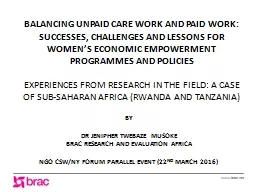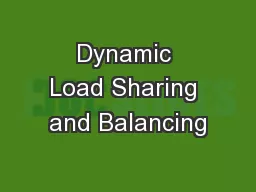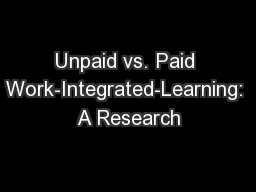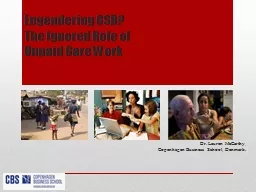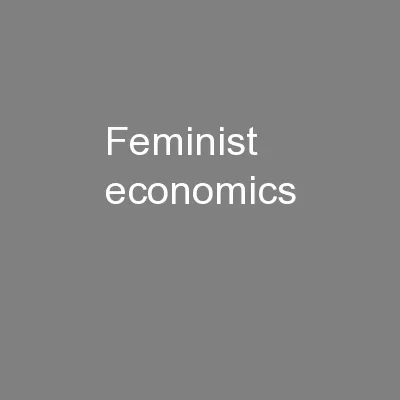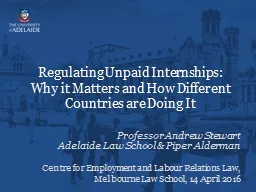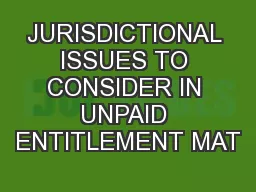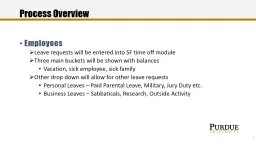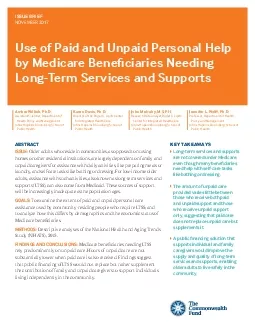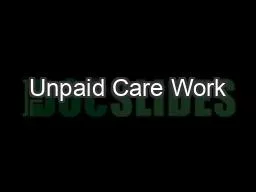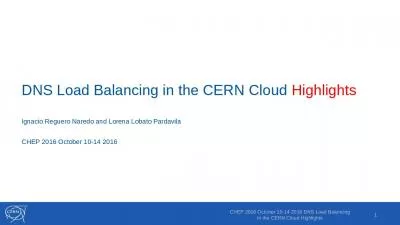PPT-BALANCING UNPAID CARE WORK AND PAID WORK: SUCCESSES, CHALLE
Author : stefany-barnette | Published Date : 2017-04-02
EXPERIENCES FROM RESEARCH IN THE FIELD A CASE OF SUBSAHARAN AFRICA RWANDA AND TANZANIA BY DR JENIPHER TWEBAZE MUSOKE BRAC RESEARCH AND EVALUATION AFRICA NGO CSWNY
Presentation Embed Code
Download Presentation
Download Presentation The PPT/PDF document "BALANCING UNPAID CARE WORK AND PAID WORK..." is the property of its rightful owner. Permission is granted to download and print the materials on this website for personal, non-commercial use only, and to display it on your personal computer provided you do not modify the materials and that you retain all copyright notices contained in the materials. By downloading content from our website, you accept the terms of this agreement.
BALANCING UNPAID CARE WORK AND PAID WORK: SUCCESSES, CHALLE: Transcript
Download Rules Of Document
"BALANCING UNPAID CARE WORK AND PAID WORK: SUCCESSES, CHALLE"The content belongs to its owner. You may download and print it for personal use, without modification, and keep all copyright notices. By downloading, you agree to these terms.
Related Documents

